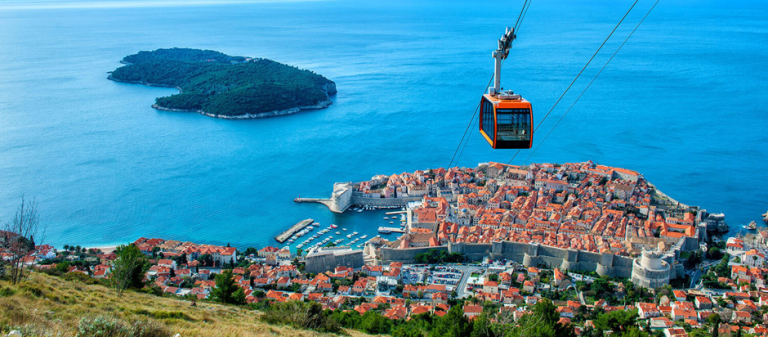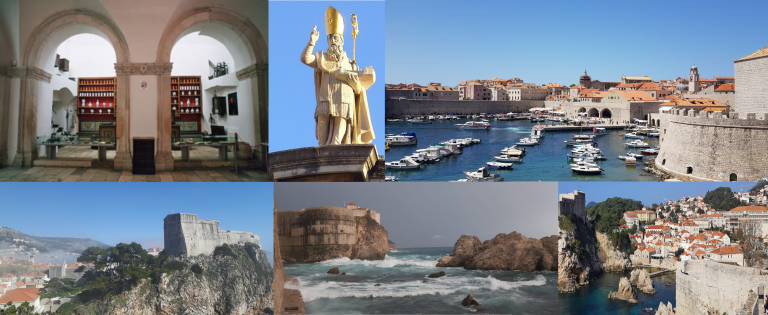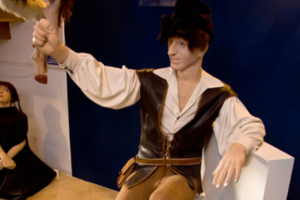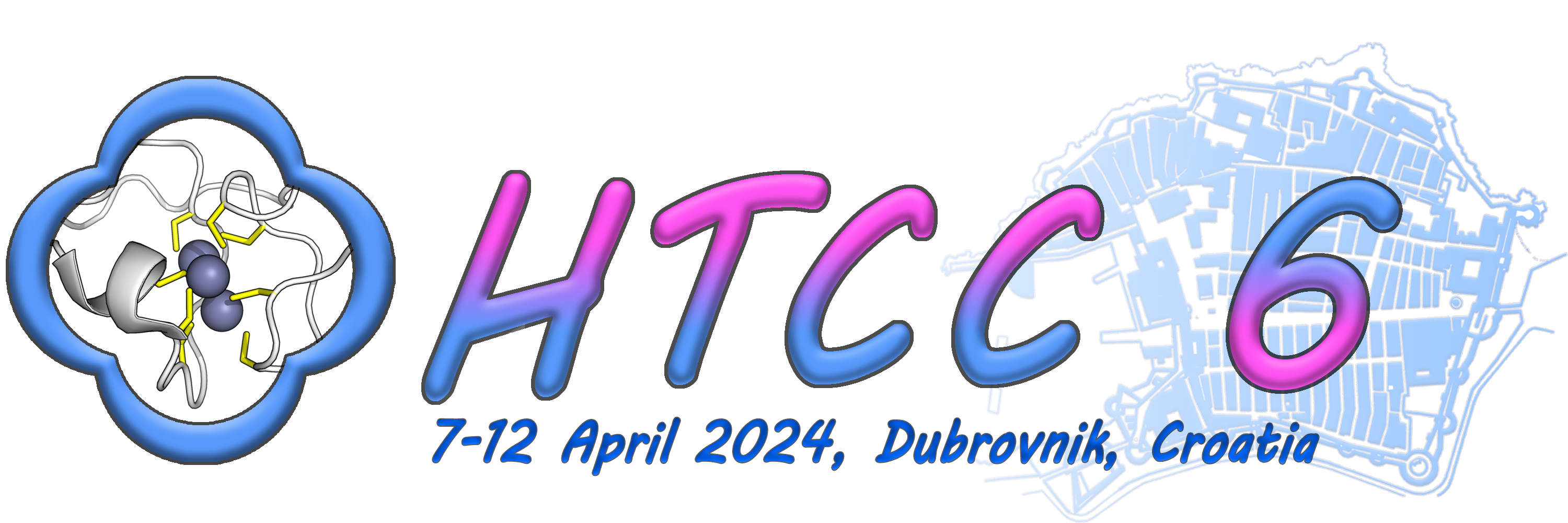Very basic geographical features…
Dubrovnik, formerly known as Ragusa, is a port city on the Adriatic Sea in the Dalmatia region of southern Croatia. It is administrative center of Dubrovnik-Neretva County, as well as one of the most famous tourist destinations on the Mediterranean. Located at the foot of the Mt Srđ and surrounded by the incredibly pristine waters of the calm Adriatic Sea, it is the Croatia’s most popular tourist destination, and one of the shining tourist and cultural stars of the European Union. Dubrovnik offers each of its visitors a journey through time, with more than 1000 years of history reflected in every stone of this truly breathtaking place. The Pelješac Bridge connects the city with the rest of the country despite its location in an exclave.
The city is surrounded by unique medieval City Walls, which have been preserved in their original form and are open to visitors as the main attraction of the city. The 12th-century walls, which run uninterrupted for almost 2 km around the city encircle the limestone-blanketed small streets and landmarks of Old Town. There used to be four gates leading into the city of Dubrovnik: the Pile Gate, The Ploce Gate, the Peskarija Gate and the Ponta Gate. Dubrovnik was included in the World Heritage List UNESCO in 1979 for its outstanding medieval architecture and fortified Old Town. The walls of Dubrovnik have also been a popular filming location for the fictional city of King’s Landing in the most well-known HBO production, Game of Thrones.
What about the weather?
Having hot, muggy, moderately dry summers and mild winters, with the average annual temperature of 17 °C, and the summer temperature of 26 °C, and more than 250 sunny days per year, Dubrovnik has a typical Mediterranean climate. During the summer average sea temperature is above 21°C.
Things to do…
 The picturesque fishing village of Srebreno, home to HTCC5, is one of many charming places along the stunning Dubrovnik Riviera. You are just 10 kilometers from the gates of Dubrovnik’s Old Town. Take the Libertas local bus No. 10, which runs approximately hourly from Cavtat to Dubrovnik’s Central Bus Station. Get off at the Ilijina glavica stop and immerse yourself in the incomparable beauty of Dubrovnik’s walled Old Town. Take the same bus (No. 10, to Cavtat) back to Srebreno, but this time get off at the cable car stop (closest to the Old Town gate) and do not miss the jaw-dropping views of iconic Old Town from 412-meter Mt Srđ that you will ever have. Being at the top of Mt Srđ, you can see as far as 60 km on a clear day.
The picturesque fishing village of Srebreno, home to HTCC5, is one of many charming places along the stunning Dubrovnik Riviera. You are just 10 kilometers from the gates of Dubrovnik’s Old Town. Take the Libertas local bus No. 10, which runs approximately hourly from Cavtat to Dubrovnik’s Central Bus Station. Get off at the Ilijina glavica stop and immerse yourself in the incomparable beauty of Dubrovnik’s walled Old Town. Take the same bus (No. 10, to Cavtat) back to Srebreno, but this time get off at the cable car stop (closest to the Old Town gate) and do not miss the jaw-dropping views of iconic Old Town from 412-meter Mt Srđ that you will ever have. Being at the top of Mt Srđ, you can see as far as 60 km on a clear day.
 Return to the Old Town on foot after hopping back into a cable car. Stroll through Pile Gate, one of three through-the-walls entrances, and stop at Onofrio’s Fountain, a large circular structure with faucets that served as the terminus for the 12-kilometer aqueduct that brought drinking water into Dubrovnik. Walk over to the nearby medieval Franciscan monastery, which is home to one of Europe’s oldest still-operational pharmacies, Friars Minor Pharmacy, which dates back to 1317. While walking down the Stradun, the main pedestrian thoroughfare of the Old Town, make a stop at the Renaissance-era Sponza Palace, which now houses the state archives. Saint Blaise is the patron saint of Dubrovnik, thus it’s difficult to miss his statues throughout the city and its surrounding. On the other hand, it is and unquestionable fact that Dubrovnik created and constructed the first quarantine and one of the first sewage systems in the world. When looking around the Old Town, it is hard not to notice the monumentality of the Ravelin, Lovrijenac, St John and Bokar forts, as well as interwoven network of protected monuments, sacred buildings, museums, and natural attractions that form the backbone of the world’s exceptional material and nonmaterial heritage.
Return to the Old Town on foot after hopping back into a cable car. Stroll through Pile Gate, one of three through-the-walls entrances, and stop at Onofrio’s Fountain, a large circular structure with faucets that served as the terminus for the 12-kilometer aqueduct that brought drinking water into Dubrovnik. Walk over to the nearby medieval Franciscan monastery, which is home to one of Europe’s oldest still-operational pharmacies, Friars Minor Pharmacy, which dates back to 1317. While walking down the Stradun, the main pedestrian thoroughfare of the Old Town, make a stop at the Renaissance-era Sponza Palace, which now houses the state archives. Saint Blaise is the patron saint of Dubrovnik, thus it’s difficult to miss his statues throughout the city and its surrounding. On the other hand, it is and unquestionable fact that Dubrovnik created and constructed the first quarantine and one of the first sewage systems in the world. When looking around the Old Town, it is hard not to notice the monumentality of the Ravelin, Lovrijenac, St John and Bokar forts, as well as interwoven network of protected monuments, sacred buildings, museums, and natural attractions that form the backbone of the world’s exceptional material and nonmaterial heritage.
Nature around Dubrovnik…
 The natural beauty surrounding Dubrovnik is worth seeing. Whether you visit the Trsteno Arboretum, a historical country estate with gardens, old olive groves and areas under natural vegetation spread over an area of 28 hectares, 25 km west of Dubrovnik, or the seaside monastery and botanic garden at Lokrum islet or just the shops, restaurants, and the most famous hotels at Lapad Peninsula, don’t forget to sample the region’s excellent gastronomy. A few days stay in Dubrovnik is certainly not enough time to visit the wonderful places and discover all the possibilities that this city has to offer, so you should visit it again. Who knows, maybe the list will include hidden caves on the Elaphite islands, the river Ombla (one of the shortest rivers in the world) near the 5 km long fjord Rijeka Dubrovačka or the tiny towns and small villages on the island of Šipan.
The natural beauty surrounding Dubrovnik is worth seeing. Whether you visit the Trsteno Arboretum, a historical country estate with gardens, old olive groves and areas under natural vegetation spread over an area of 28 hectares, 25 km west of Dubrovnik, or the seaside monastery and botanic garden at Lokrum islet or just the shops, restaurants, and the most famous hotels at Lapad Peninsula, don’t forget to sample the region’s excellent gastronomy. A few days stay in Dubrovnik is certainly not enough time to visit the wonderful places and discover all the possibilities that this city has to offer, so you should visit it again. Who knows, maybe the list will include hidden caves on the Elaphite islands, the river Ombla (one of the shortest rivers in the world) near the 5 km long fjord Rijeka Dubrovačka or the tiny towns and small villages on the island of Šipan.
Famous Dubrovnik people…

 Dubrovnik has produced great scientists, writers, politicians, and artists who have made significant contributions to the advancement of Croatian and global science and culture. Among the most famous Dubrovnik residents are librarians Marin Držić and Ivo Vojnović, painter Vlaho Bukovac, mathematician Marin Getaldić, astronomer, physicist and philosopher Ruđer Bošković, after whom Croatia’s largest scientific institute is named.
Dubrovnik has produced great scientists, writers, politicians, and artists who have made significant contributions to the advancement of Croatian and global science and culture. Among the most famous Dubrovnik residents are librarians Marin Držić and Ivo Vojnović, painter Vlaho Bukovac, mathematician Marin Getaldić, astronomer, physicist and philosopher Ruđer Bošković, after whom Croatia’s largest scientific institute is named.
It is good to know…
- Best time to visit Dubrovnik would be May or late September and October.
- Make sure you book your accommodation in Dubrovnik well in advance.
- Old Town is 5 km away from the Lapad Peninsula, where most Dubrovnik hotels are located.
- Dubrovnik Old Town is pedestrian zone with many steps.
- Dubrovnik’s area code is +385 20.
- Dubrovnik’s public transportation system consists only of buses – there is no subway, tram, train or metro.
- Tap water in Dubrovnik, as in the rest of Croatia, is completely safe and can be drunk without any problems.

